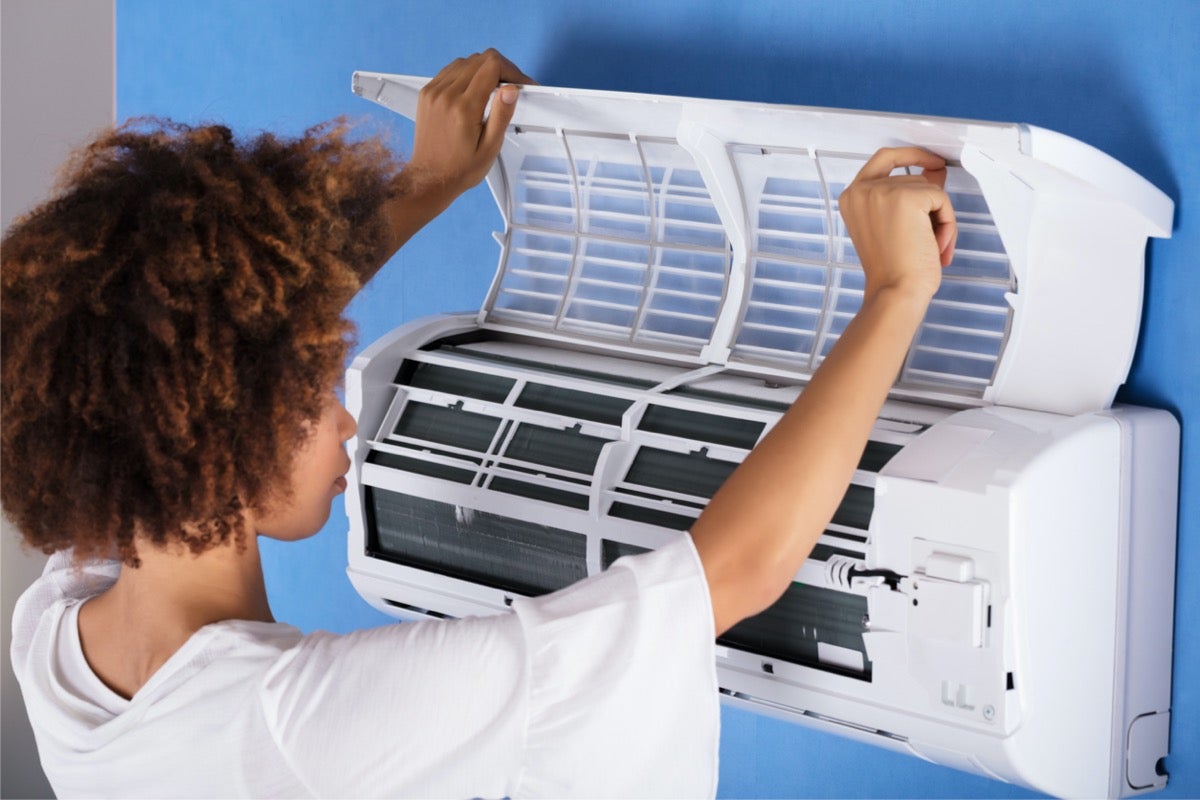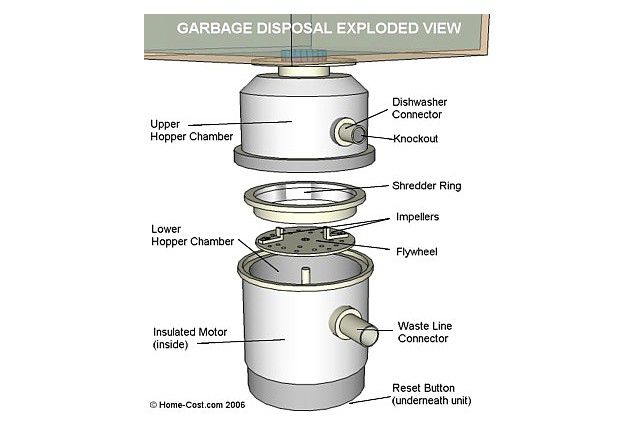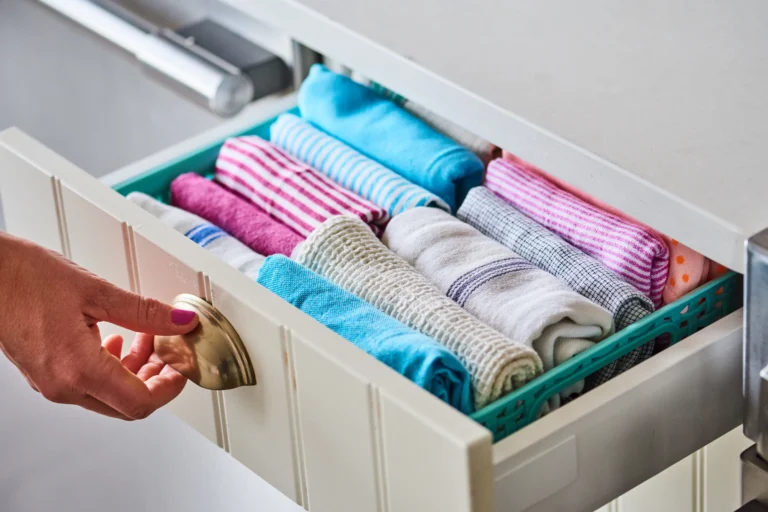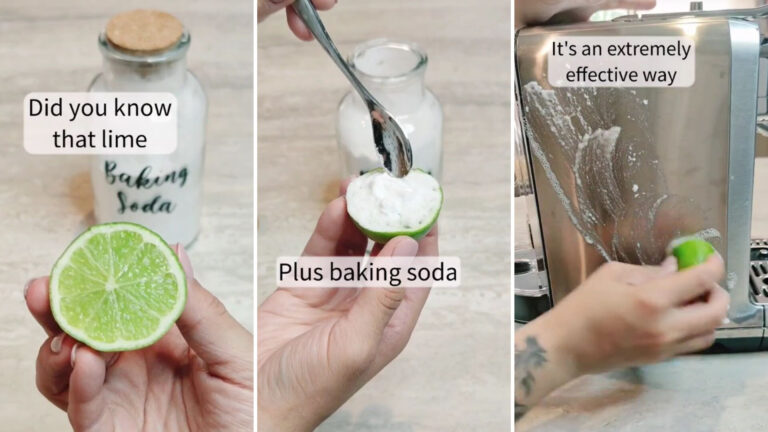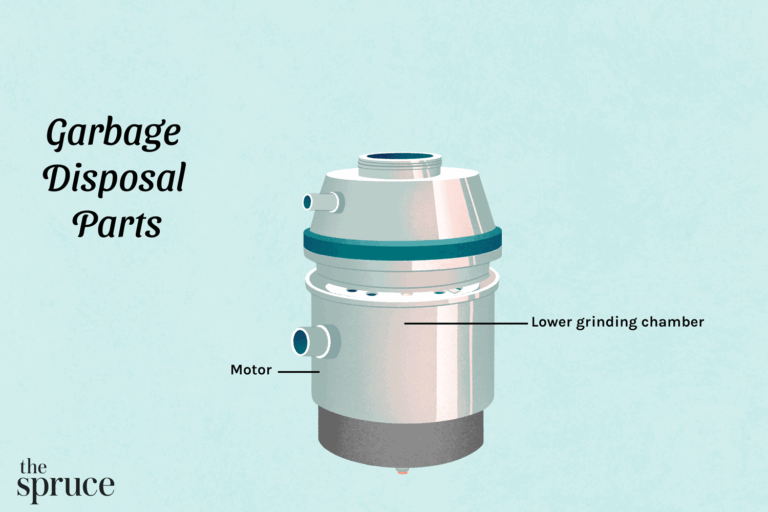What To Do If AC Is Not Cooling?
If you have an air conditioner that is not cooling your home, it can be a stressful and frustrating situation. Fortunately, there are several steps you can take to try to identify the problem and potentially fix it. This guide will provide you with information on what to do if your AC is not cooling. It will cover the most common causes of AC not cooling, how to troubleshoot the issue, and what to do if the problem persists.
Diagnose the Problem
When trying to figure out why an AC unit is not cooling, the first step is to diagnose the problem. One of the most common causes of an AC unit not cooling is a dirty air filter. A dirty air filter restricts the airflow through the unit, which can reduce the efficiency and cause the unit to not cool properly. It’s important to check the air filter and replace it regularly. Another common cause of an AC not cooling is a blocked condenser coil. A blocked condenser coil can cause the unit to become overworked and not cool as efficiently. It’s important to check the condenser coil for any debris that may be blocking it and clear it if necessary. In addition, it’s important to check the thermostat settings and make sure the temperature is set to the desired level. If the AC is still not cooling, then it may be an issue with the compressor or the refrigerant. It’s important to have a qualified technician inspect the unit and diagnose the issue.
Check Refrigerant Levels
If your AC isn’t cooling as it should, it could be a sign that the refrigerant levels need to be checked. Refrigerant is a chemical that helps to absorb and release heat in the air conditioning system. If the levels are too low, it can result in a decrease in cooling power and other problems. If you suspect that the refrigerant levels in your AC might be low, it’s important to act fast to get it checked out.
You might want to consider getting a professional to check the refrigerant levels. They can assess the system and determine whether the levels are too low and can also make sure that the levels are balanced correctly. It’s important to remember that if the levels are too low, it can cause damage to the system and may result in more costly repairs.
In addition to getting a professional to check the refrigerant levels, you can also check it yourself. If you have the right equipment, you can take a sample of the refrigerant and test it. If the levels are too low, you can then take steps to increase them. It’s important to make sure that you follow the manufacturer’s instructions when doing so.
Regardless of whether you get a professional or do it yourself, it’s important to take action if you suspect your AC isn’t cooling because of low refrigerant levels. Taking the right steps can help to prevent further damage and ensure that your AC is running at optimal levels.
Clean the Condenser Coils
When it comes to ensuring your AC is running efficiently, one of the most important maintenance tasks is regularly cleaning the condenser coils. Condenser coils are the coils that are located outside the unit and are responsible for transferring heat from the inside of your home to the outside. Over time, these coils can become covered in dirt, dust, and debris, which can lead to the AC not cooling properly. Regularly cleaning the condenser coils is an important step in ensuring your AC is running efficiently and cooling your home properly. To clean the coils, start by turning off the power and removing the access panel. Then, use a brush or vacuum to remove all of the dirt and debris from the coils. Finally, use a garden hose to rinse off the coils and make sure they are completely free of dirt and debris. After the coils are clean, replace the access panel and turn the power back on. Cleaning the condenser coils regularly can help prevent problems with your AC not cooling properly and ensure it is running efficiently.
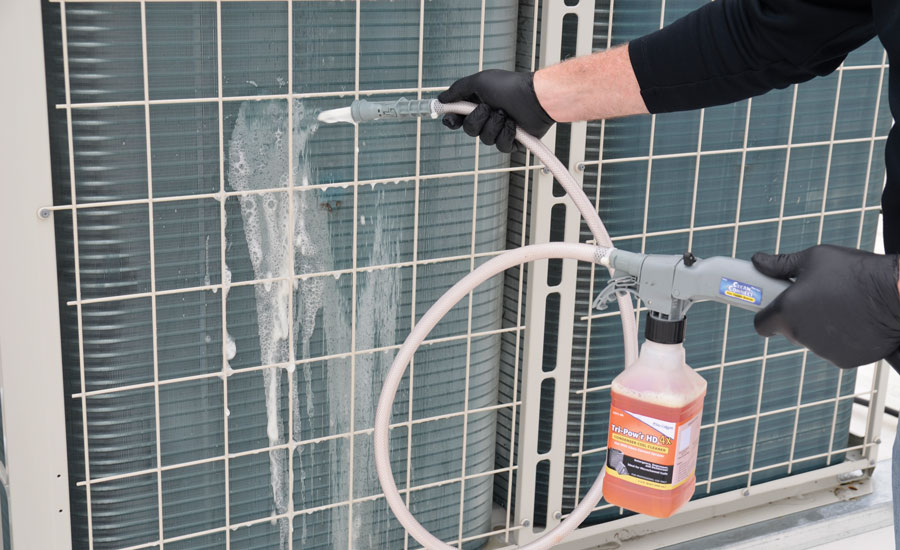
Credit: www.achrnews.com
Replace Air Filters
If your air conditioner isn’t cooling, it’s likely due to blocked air filters. Dirty or clogged air filters restrict the flow of air through your AC, which causes the cooling process to be inefficient. As a result, temperatures in your home may not be as cool as desired. The solution? Replace the air filters. Replacing the air filters is an easy and cost-effective way to improve your AC’s cooling performance.
When replacing your air filters, make sure to use air filters that are compatible with your AC unit. The wrong filter type can lead to poor airflow, meaning your AC won’t be able to efficiently cool your home. To determine the right filter type for your AC unit, consult the manufacturer’s instructions or check the size printed on the existing filter.
Replacing your air filters regularly is essential for efficient AC performance. The frequency with which you need to replace your air filters depends on the type of filter you have and the environment in which you live. To learn more about how frequently you need to replace your air filters, contact a professional HVAC technician to assess your setup and provide recommendations.
Check the Fan Motor
When it comes to troubleshooting why your AC isn’t cooling, the first thing you should check is the fan motor. If your AC fan motor isn’t working properly, it won’t be able to circulate the air properly, resulting in a lack of cooling. To check your fan motor, first locate the fan motor in the AC unit. You should find it near the evaporator coil. Make sure the fan motor is securely attached and that there is no visible damage. Then, use a multimeter to test the motor. If the voltage reading is too low, the motor likely needs to be replaced. Additionally, if you can hear the fan motor running but the AC isn’t cooling, it’s likely that the fan belt is slipping and needs to be adjusted or replaced.
Check the Compressor
When your air conditioner is not cooling properly, the first thing to check is the compressor. This is the main component of your AC unit, responsible for cooling the air that is circulated through your home. The compressor works by compressing refrigerant gas and then releasing it to cool the air. If the compressor is not functioning properly, the air in your home will not be cooled as efficiently.
To check the compressor, you will need to open up the AC unit. Once open, you will need to inspect the compressor for any signs of damage. If you notice any signs of wear or tear, it is best to replace the compressor as soon as possible. If the compressor appears to be in good condition, you can then check the wiring and connections to ensure they are secure. If any of the wiring or connections are loose or disconnected, you will need to reconnect them before the compressor can be used again.
If the compressor appears to be in good condition and all the wiring and connections are secure, you should then check the refrigerant levels. If the refrigerant levels are low, you will need to top up the refrigerant until it is at the correct level. If the refrigerant levels are too high, you will need to drain some of the refrigerant away. Once the refrigerant levels are correct, the compressor should start working as normal.
If all of the above steps have been taken and the compressor is still not working, you may need to call in a professional. A professional AC technician will be able to identify any underlying issues and advise you on the best way forward.
Check the Thermostat
If your air conditioning unit isn’t cooling your home, the first thing to check is the thermostat. You may have inadvertently set the temperature too high or too low for the system to effectively cool the room. If the thermostat is set correctly, the air filter may be dirty or clogged. A blocked filter may prevent the air from circulating properly, leading to an inefficient cooling process. Additionally, the condenser coils may need to be cleaned or the refrigerant may need to be recharged. If these issues aren’t addressed, the unit won’t be able to cool your home effectively. Therefore, it’s important to check the thermostat and filter before attempting any other troubleshooting steps.
Call a Professional AC Technician
If your air conditioner is failing to cool your home, it may be time to call a professional AC technician. A qualified technician can diagnose and repair any problems with your air conditioner, ensuring that it is running at optimal performance. They can help identify problems that are preventing your air conditioner from cooling your home, such as a blocked air filter, low refrigerant levels, or a faulty thermostat. They can also provide advice on how to maintain your air conditioner, ensuring that it is running correctly and efficiently. If you are experiencing any issues with your air conditioner, calling a professional AC technician is the best way to get it fixed quickly and safely.
FAQs About the What To Do If AC Is Not Cooling?
Q1: Is there a way to troubleshoot my AC unit if it’s not cooling?
A1: Yes, there are several possible causes for your AC not cooling. First, check your air filter and make sure it’s not clogged with debris. Next, check the condenser coils to make sure they’re not blocked or dirty. Finally, inspect the thermostat and make sure it’s set to the correct temperature.
Q2: What should I do if the fan inside my AC unit is not working?
A2: If the fan inside your AC unit is not working, the motor has likely burned out. If this is the case, it needs to be replaced. Also, check and make sure the fan’s blades are not blocked or obstructed in any way.
Q3: What are some common causes of an AC unit not cooling?
A3: Common causes of an AC unit not cooling include low refrigerant levels, a clogged air filter, a blocked condenser coil, a faulty thermostat, a broken fan motor, or a defective compressor.
Conclusion
If your AC is not cooling as it should, it is important to take the necessary steps to get it running efficiently again. You should first check to make sure it is receiving power and that all settings are correct. If the issue persists, you may need to clean the filters, check the condenser coils, or have a technician come for a service call. Taking these steps will help ensure that your AC runs properly and keeps your home cool.
